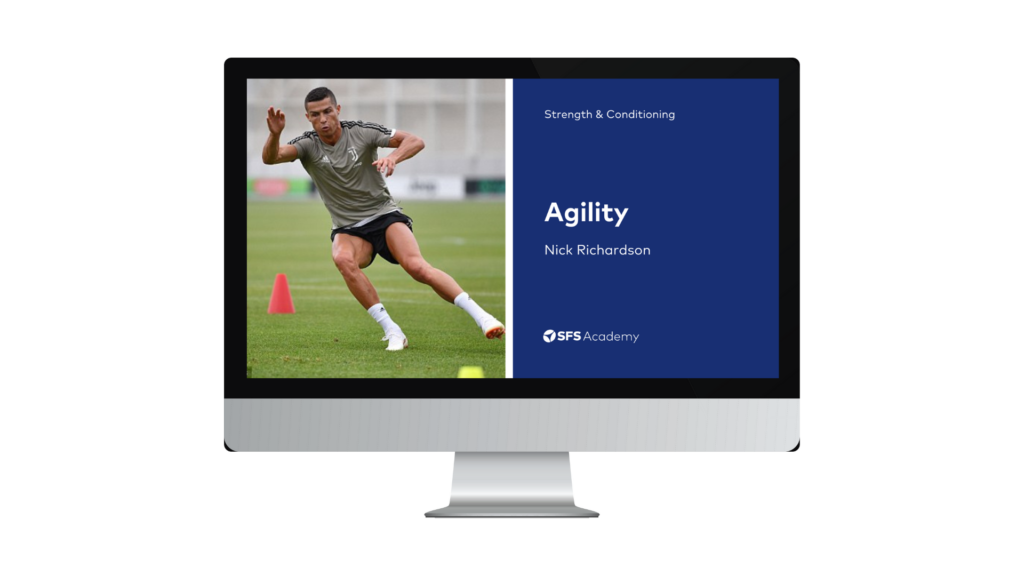This week in the world of sports science, here’s what happened…
- Does nasal breathing offer any performance benefit?
- Anthony Gordon’s refusal to lift weights!
- Does squat stance width make a difference?
Does nasal breathing offer any performance benefit?

Steve Magness, a prominent author and running coach, recently published an insightful video on YouTube regarding the practice of nasal breathing. In the video, Magness explores several health benefits associated with nasal breathing while also addressing the limited scientific evidence supporting any performance advantages derived from this technique.
Magness acknowledges that nasal breathing can facilitate relaxation during low-intensity exercise. However, he asserts that, when exercising at intensities exceeding 75% of one’s VO₂ max, nasal breathing becomes increasingly uncomfortable. He attributes this discomfort to the physiological limitations in the volume and frequency of oxygen that can be accessed through nasal breathing compared to breathing through your mouth or a combination of nasal and mouth breathing. Moreover, he explains that insufficient oxygen intake from nasal breathing can lead the brain to perceive fatigue, ultimately resulting in diminished performance.
While Magness recognises that the respiratory muscles can be trained and that some individuals may experience improvements in nasal breathing with regular practice, he emphasises the absence of any scientific data that supports the notion of nasal breathing providing a performance advantage during high-intensity exercise.
If you would like to learn more about nasal breathing, we strongly recommend that you check out Magness’s excellent video and check out our podcast episodes Are You Breathing Wrong? How You Can Use Nasal Breathing To Improve Performance and Could Poor Breathing Be Destroying Your Performance?
Anthony Gordon’s refusal to lift weights!

Anthony Gordon is currently regarded as one of the most promising young talents in football. Recently, an interview he conducted last year has resurfaced, sparking significant discussion on social media platforms. In this interview, Gordon expressed his firm stance against incorporating weight training into his regimen, citing concerns that it could increase his risk of injury.
Gordon argues that while weight training will enhance his strength and explosiveness on the pitch, it could also lead to increased muscle mass. He believes this added mass places additional stress on his body, heightening the likelihood of injury. Notably, Gordon reports that his manager, Eddie Howe, along with the club’s performance staff, accept his decision, opting instead to emphasise recovery-focused training for him.
The interview also touches on the perspectives of notable figures in football, such as former Chelsea manager Maurizio Sarri and Rui Faria, (José Mourinho’s long-time assistant). Both have expressed the belief that weight training is not a necessity for footballers. However, thankfully the discussion is balanced by insights from experienced performance coaches.
For instance, Darcy Norman, who previously worked with the German national team and Bayern Munich, shared his successful experience with S&C training that included weightlifting. He maintained that his players improved their strength, speed, and injury resilience through his methods. Des Ryan, the former Head of Sports Medicine and Athletic Development at Arsenal’s Academy, presented an excellent reasoned argument against the misconception that increased strength results in a loss of speed or skill.
Gordon’s viewpoint, while potentially damaging to the reputation of S&C practices, underscores the persistent misconceptions surrounding strength training in football. It will be interesting to observe the trajectory of Gordon’s career and whether his perspective on weight training evolves as he matures in the sport.
If you are interested in learning how to apply S&C in football successfully, check out our detailed course by Andy Hyde: S&C for Football
Does squat stance width make a difference?

The barbell back squat is widely regarded as one of the most effective resistance exercises for enhancing lower body strength and increasing muscle mass in the lower extremities. Various modifications to the squat technique, including squat depth, barbell positioning, and foot angle, can significantly influence the mechanical demands placed on lower body musculature. However, one variable that has not been extensively researched is stance width.
A recent study sought to investigate this particular variable. The study involved twelve resistance-trained males who performed a three-repetition maximum back squat test under two different conditions: a narrow stance and a wide stance. The narrow stance was defined as 0.7 times the acromion width, while the wide stance was defined as 1.7 times the acromion width.
Although no statistically significant difference was observed in the total load lifted between the two conditions, the results indicated that squatting with a narrow stance resulted in greater knee flexion and increased quadriceps muscle forces. Based on these findings, the researchers propose that adopting a narrow stance may be advantageous for individuals seeking to enhance the strength or hypertrophic response of the knee extensor muscles. While additional research is warranted, this study provides valuable insights into how variations in stance width can alter the kinematics and kinetics of the back squat exercise.
From us this week:
>> New course: Energy System Development
>> New podcast: The Untold Evolution of Sports Medicine
>> New infographic: Coaching Lessons From An Ince Hockey Legend: Erkka Westerlund
>> New article: Hydrotherapy
Access to a growing library of sports science courses
SFS Academy is an all-access membership to premium sports science education.
With SFS Academy, you’ll learn from some of the best coaches around the world as they teach you how to apply the latest research and practice with your athletes.



